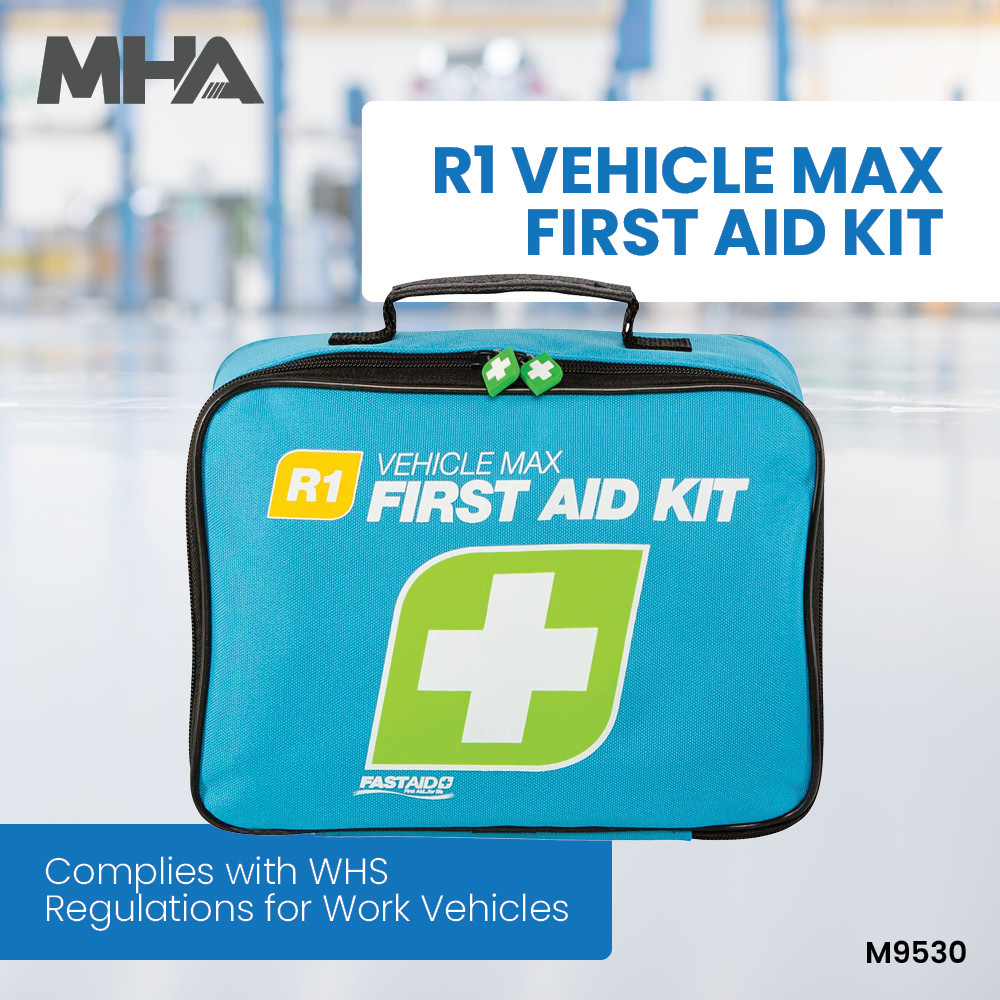Ensuring Compliance with Workplace Safety Regulations Using Proper Equipment
Date Posted:30 August 2024
Ensuring compliance with workplace safety regulations starts with a commitment to investing in the tools and gear that safeguard your workforce.
Workplace safety is more than just a regulatory obligation—it's a fundamental aspect of a thriving, productive, and responsible business. Adhering to safety regulations not only protects employees but also enhances operational efficiency and fosters a positive work environment. One of the most effective ways to ensure compliance with workplace safety regulations is by investing in and using the right equipment. Here’s how proper equipment can help you meet safety standards and safeguard your workforce.
Understanding Workplace Safety Regulations
Workplace safety regulations are designed to protect employees from hazards that could cause injury or illness. These regulations cover a wide range of areas, including:
- Hazard Identification: Identifying and assessing potential hazards in the workplace.
- Risk Management: Implementing measures to minimise or eliminate identified risks.
- Training and Education: Providing employees with the knowledge and skills to work safely.
- Emergency Preparedness: Ensuring that proper procedures are in place for responding to emergencies.
Compliance with these regulations is mandatory and requires a proactive approach to safety management.
The Role of Proper Equipment in Compliance
Proper equipment plays a crucial role in ensuring workplace safety and regulatory compliance. Here’s how investing in the right tools and gear can help:
- Prevention of Accidents: Safety equipment, such as personal protective equipment (PPE), guards, and barriers, helps prevent accidents by reducing exposure to hazards. For instance, wearing appropriate PPE like helmets, gloves, and eye protection mitigates the risk of injury from falling objects or chemical splashes.
- Enhanced Ergonomics: Ergonomic equipment reduces strain and fatigue, which can lead to musculoskeletal disorders. Adjustable workstations, ergonomic chairs, and lifting aids ensure that employees can perform tasks comfortably and safely, aligning with ergonomic safety standards.
- Proper Maintenance and Inspection: Regular maintenance and inspection of equipment ensure that it remains in good working condition. Well-maintained equipment operates safely and efficiently, reducing the likelihood of equipment failure and associated accidents. Compliance with maintenance regulations also demonstrates a commitment to safety.
Key Equipment for Ensuring Compliance
Here’s a look at some essential types of equipment that can help ensure compliance with workplace safety regulations:
- Personal Protective Equipment (PPE): PPE is designed to protect employees from specific hazards. Depending on the nature of the work, this may include:
- Helmets and Hard Hats: Protect against head injuries from falling objects or impacts.
- Gloves: Guard against cuts, burns, and chemical exposures.
- Safety Glasses: Shield the eyes from flying debris or harmful substances.
- Hearing Protection: Prevent hearing damage from loud environments.
Providing and enforcing the use of appropriate PPE is a fundamental aspect of workplace safety compliance.
- Safety Barriers and Guards: Physical barriers and guards are essential for protecting employees from moving machinery, hazardous areas, and high-traffic zones. Key examples include:
- Machine Guards: Prevent accidental contact with moving parts of machinery.
- Safety Rails and Barriers: Protect against falls from heights and define safe work areas.
- Warning Signs and Labels: Inform employees of potential hazards and safety precautions.
Proper installation and maintenance of safety barriers and guards are crucial for regulatory compliance and accident prevention.
- Ergonomic Tools and Equipment: Ergonomic solutions are designed to reduce strain and enhance comfort. Consider investing in:
- Adjustable Workstations: Allow employees to customise their work environment to suit their ergonomic needs.
- Lifting Aids: Mechanical hoists and trolleys help reduce the risk of injury from manual handling.
- Anti-Fatigue Mats: Provide cushioning for employees standing for extended periods, reducing fatigue and discomfort.
Implementing ergonomic tools helps comply with regulations related to worker health and comfort.
- Emergency Equipment: Preparing for emergencies is a vital part of workplace safety. Ensure you have:
- First Aid Kits: Well-stocked kits for treating injuries and medical emergencies.
- Fire Extinguishers: Appropriate extinguishers for different types of fires.
- Emergency Lighting: Provides illumination during power outages or evacuations.
Regularly inspect and maintain emergency equipment to ensure it is in working order and accessible when needed.
- Safety Training Tools: Training equipment helps educate employees about safety procedures and the proper use of safety gear. This includes:
- Simulators and Training Modules: Teach safe operation of machinery and emergency response protocols.
- Instructional Materials: Provide clear guidelines and safety instructions.
Effective training ensures that employees are well-informed and compliant with safety regulations.
Implementing a Safety Equipment Strategy
To ensure that your workplace remains compliant with safety regulations, consider the following steps:
- Assess Your Needs: Conduct a thorough risk assessment to identify potential hazards and determine the types of safety equipment required.
- Choose Quality Equipment: Invest in high-quality, compliant equipment from reputable suppliers to ensure reliability and effectiveness.
- Train Employees: Provide comprehensive training on the proper use of safety equipment and enforce its use consistently.
- Regular Inspections: Implement a schedule for inspecting and maintaining safety equipment to ensure it remains in good condition.
- Stay Updated: Keep abreast of changes in safety regulations and update your equipment and procedures accordingly.
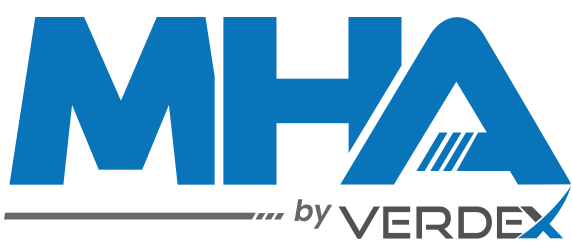
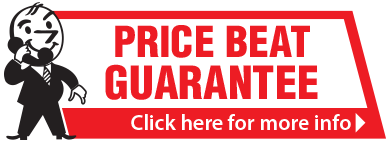

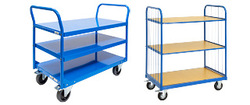

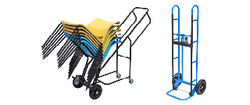


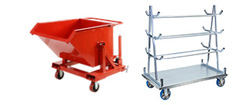
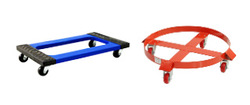
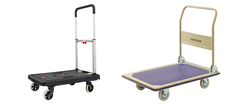
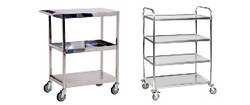

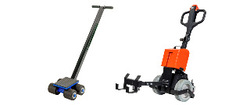
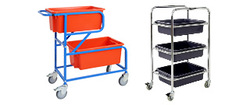
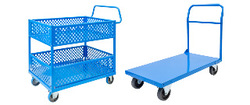
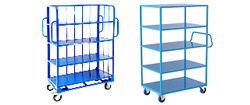
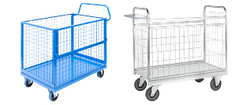
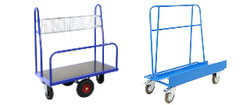
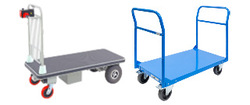
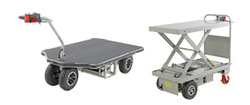
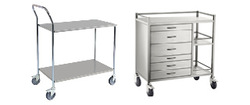
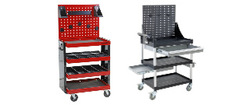
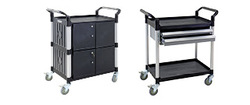
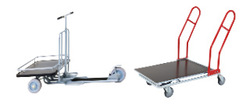
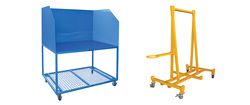



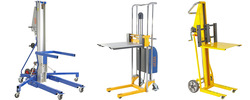



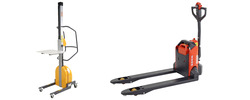
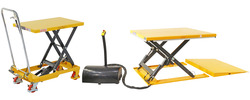
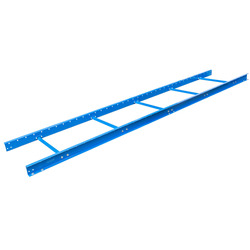
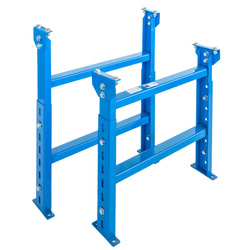

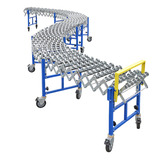



















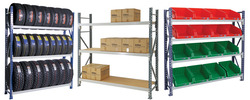
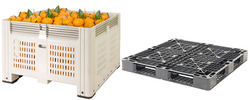
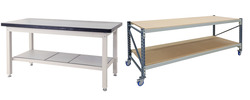
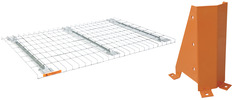
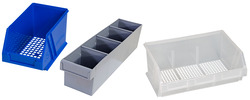

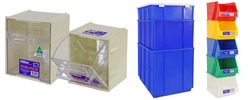

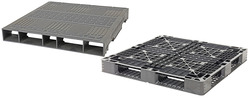

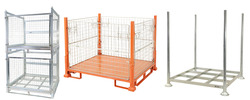

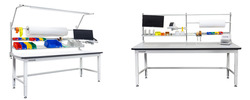

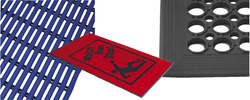
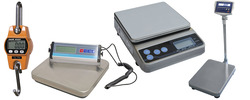



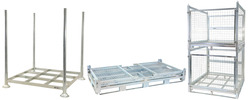
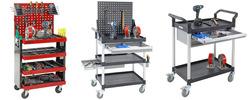
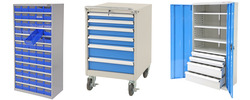

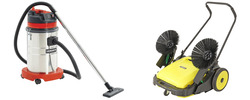











 Trolleys / Hand Trucks
Trolleys / Hand Trucks 2 Tier Trolleys
2 Tier Trolleys 3 Tier Trolleys
3 Tier Trolleys Aluminium Trolleys
Aluminium Trolleys Appliance & Hand Trucks
Appliance & Hand Trucks Cage Trolleys
Cage Trolleys Cleaning Carts & Trolleys
Cleaning Carts & Trolleys Construction Trolleys
Construction Trolleys Dollies
Dollies Foldable Trolleys
Foldable Trolleys Hospital Trolleys
Hospital Trolleys Laundry/Linen Trolleys
Laundry/Linen Trolleys Load Skates & Tow Tugs
Load Skates & Tow Tugs Mail / Office Trolleys
Mail / Office Trolleys Multi Purpose Trolleys
Multi Purpose Trolleys Multi-Tier Shelf Trolleys
Multi-Tier Shelf Trolleys Order Picking Trolleys
Order Picking Trolleys Panel Cart Trolleys
Panel Cart Trolleys Platform Trolleys
Platform Trolleys Powered Trolleys
Powered Trolleys Stainless Steel Trolleys
Stainless Steel Trolleys Tool Trolleys
Tool Trolleys Utility Carts
Utility Carts Warehouse Trolleys
Warehouse Trolleys Custom Trolleys
Custom Trolleys Lifting Equipment
Lifting Equipment Forklift Attachments
Forklift Attachments Jib Attachments
Jib Attachments Lifting Hoists & Pallet Hooks
Lifting Hoists & Pallet Hooks Manual Stackers & Lifters
Manual Stackers & Lifters Pallet Jacks
Pallet Jacks Pallet Lifters
Pallet Lifters Pallet Rotators & Dispenser
Pallet Rotators & Dispenser Powered Pallet Trucks & Electric Lifters
Powered Pallet Trucks & Electric Lifters Scissor Lift Trolleys and Tables
Scissor Lift Trolleys and Tables Conveyor Equipment
Conveyor Equipment Conveyor Frames
Conveyor Frames Conveyor Stands
Conveyor Stands Roller Conveyors
Roller Conveyors Skate Wheel Conveyors
Skate Wheel Conveyors Access Equipment
Access Equipment Container & Yard Ramps
Container & Yard Ramps Step Stools & Ladders
Step Stools & Ladders Work Platforms & Crane Cages
Work Platforms & Crane Cages Drum Handling
Drum Handling Drum Storage & Bunding
Drum Storage & Bunding Drum Trolleys & Lifters
Drum Trolleys & Lifters Forklift Drum Handling
Forklift Drum Handling Containment & Spillage
Containment & Spillage Aerosol Cans Storage Cages
Aerosol Cans Storage Cages Bunded Pallets & Storage
Bunded Pallets & Storage Corrosive Goods Storage Cabinets
Corrosive Goods Storage Cabinets Flammable Liquid Cabinets
Flammable Liquid Cabinets Forklift Gas Storage Cages
Forklift Gas Storage Cages Gas Cylinder Storage
Gas Cylinder Storage Site Storage
Site Storage Spill Kits
Spill Kits Stillage Cages
Stillage Cages Waste Handling
Waste Handling Bin Lifters & Tippers
Bin Lifters & Tippers Plastic Waste Bins and Carts
Plastic Waste Bins and Carts Steel Waste and Tipping Bins
Steel Waste and Tipping Bins Storage Equipment
Storage Equipment Heavy Duty Cabinets & Benches
Heavy Duty Cabinets & Benches Heavy Duty Shelving
Heavy Duty Shelving Mega Bins & Pallets
Mega Bins & Pallets Packing Benches
Packing Benches Pallet Racking Accessories
Pallet Racking Accessories Parts Trays & Stor-Pak Bins
Parts Trays & Stor-Pak Bins Pegboard & Louvre Panels
Pegboard & Louvre Panels Plastic Bins
Plastic Bins Plastic Handling Solutions Bins
Plastic Handling Solutions Bins Plastic Pallets
Plastic Pallets Stack & Nest Bins
Stack & Nest Bins Storage Cages
Storage Cages Workplace Equipment
Workplace Equipment Workbenches
Workbenches Modular Workbenches
Modular Workbenches Electric Height-Adjustable Workbenches
Electric Height-Adjustable Workbenches Floor Matting
Floor Matting Industrial Weighing Scales
Industrial Weighing Scales Pallet Wrapping & Packaging Machinery
Pallet Wrapping & Packaging Machinery Ramps
Ramps Stationery Cupboards
Stationery Cupboards Storage and Stillage Cages
Storage and Stillage Cages Tool Trolleys
Tool Trolleys Tooling Cabinets
Tooling Cabinets Wheelie Bins
Wheelie Bins Workshop Equipment
Workshop Equipment Safety Equipment
Safety Equipment Gloves and PPE
Gloves and PPE Pallet Rack Post Protectors
Pallet Rack Post Protectors Safety Barriers & Bollards
Safety Barriers & Bollards Safety Knives & Cutters
Safety Knives & Cutters Signs and Traffic Supplies
Signs and Traffic Supplies Tool & First Aid Boxes
Tool & First Aid Boxes Construction Equipment
Construction Equipment Concrete Equipment
Concrete Equipment General Site Equipment
General Site Equipment Lifting Equipment
Lifting Equipment Site Storage
Site Storage Waste
Waste 
